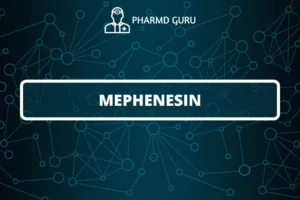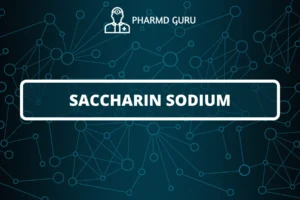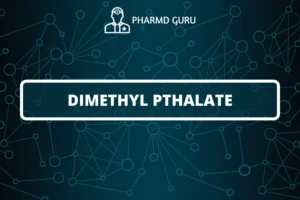The Knoevenagel reaction is a versatile organic reaction that involves the condensation of an aldehyde or a ketone with an active methylene compound, typically a compound containing a methylene group adjacent to a carbonyl group (such as malonate esters or ethyl cyanoacetate). The reaction leads to the formation of α,β-unsaturated carbonyl compounds.
SCROLL DOWN TO THE BOTTOM OF THIS PAGE FOR ACTUAL NOTES.
The general equation for the Knoevenagel reaction is as follows:
RCHO + CH2(Y)R’ → RCH=CH(Y)R’ + H2O
In this reaction, an aldehyde or ketone (RCHO) reacts with an active methylene compound (CH2(Y)R’) to produce an α,β-unsaturated carbonyl compound (RCH=CH(Y)R’), with the elimination of water (H2O).
The Knoevenagel reaction typically requires the presence of a base, such as a primary or secondary amine, to deprotonate the methylene group adjacent to the carbonyl group and generate an enolate intermediate. The enolate then attacks the carbonyl carbon of the aldehyde or ketone, resulting in the formation of a new carbon-carbon bond and leading to the α,β-unsaturated carbonyl compound.
The mechanism of the Knoevenagel reaction involves several steps:
- Deprotonation: The base deprotonates the methylene group of the active methylene compound, generating the corresponding enolate ion.
- Nucleophilic attack: The enolate ion attacks the carbonyl carbon of the aldehyde or ketone, forming a resonance-stabilized intermediate.
- Proton transfer and elimination: Proton transfer occurs from the enolate oxygen to the base, regenerating the base catalyst. Subsequent elimination of a water molecule from the intermediate forms the α,β-unsaturated carbonyl compound.
The Knoevenagel reaction is widely used in organic synthesis for the construction of carbon-carbon double bonds and the synthesis of a variety of compounds, including pharmaceuticals, natural products, and dyes. The reaction allows for the introduction of unsaturation into molecules, which can significantly influence their reactivity and properties.
It’s important to note that the Knoevenagel reaction can be sensitive to the electronic nature of the reactants, and the choice of base, solvent, and reaction conditions can impact the regioselectivity and yield of the desired product.
In summary, the Knoevenagel reaction is a valuable tool for the synthesis of α,β-unsaturated carbonyl compounds, providing access to a wide range of structurally diverse compounds with important applications in organic chemistry.
ACTUAL NOTES:
PATH: PHARMD/PHARMD NOTES/ PHARMD FIRST YEAR NOTES/ ORGANIC CHEMISTRY/ PHARMACEUTICAL ORGANIC CHEMISTRY/ KNOEVENAGEL REACTION.




